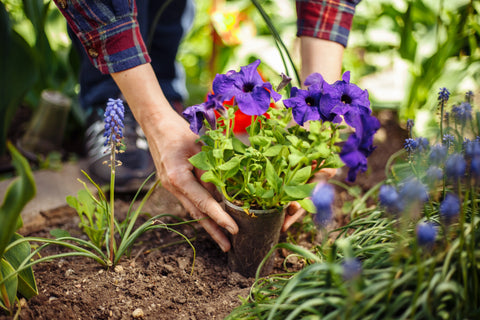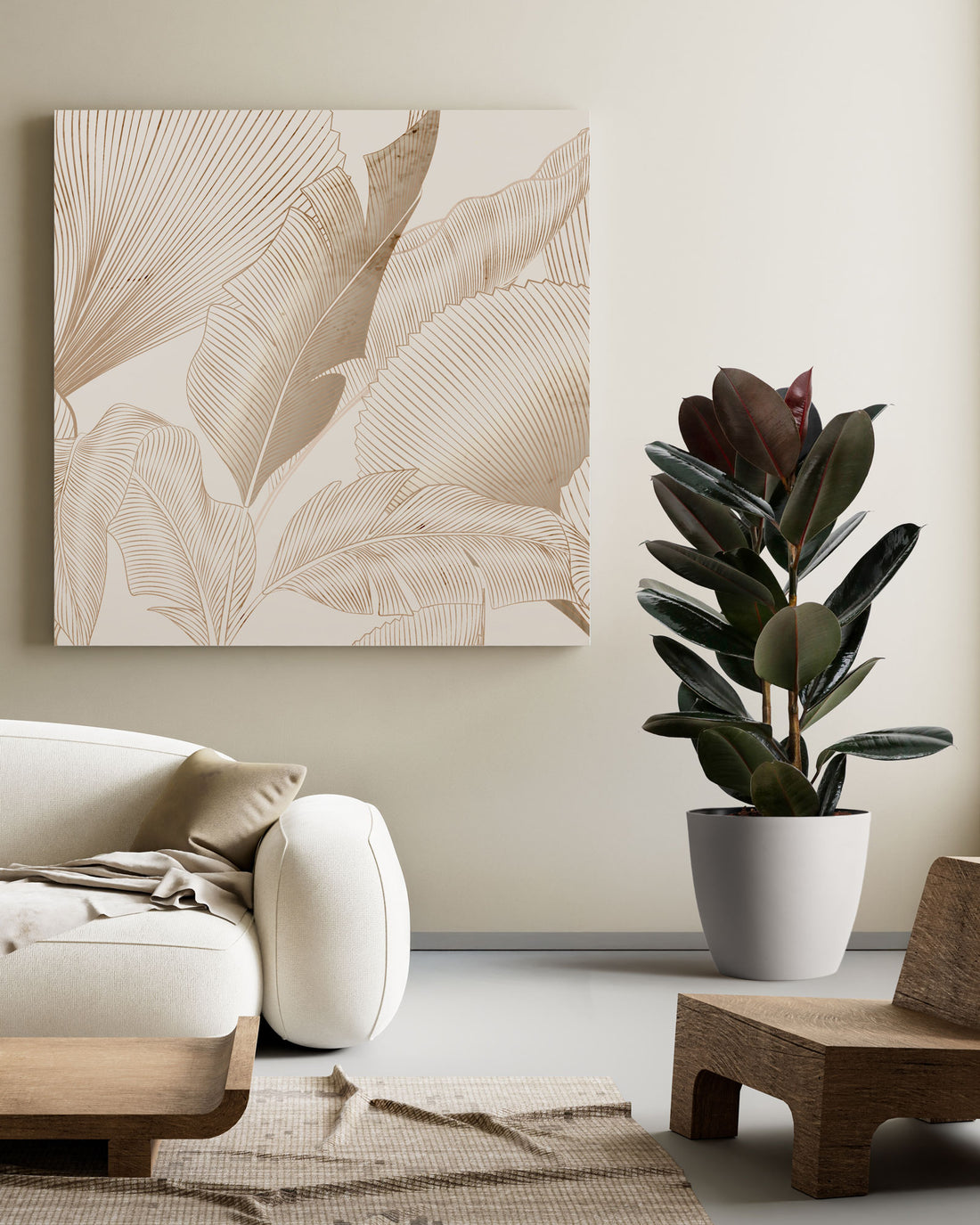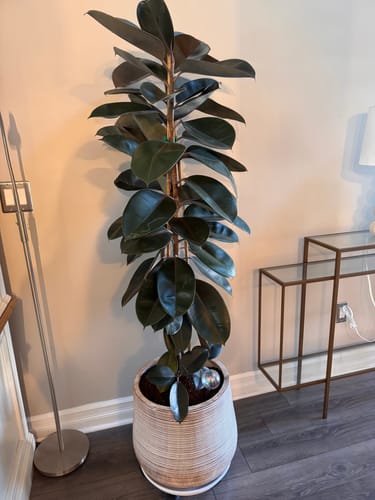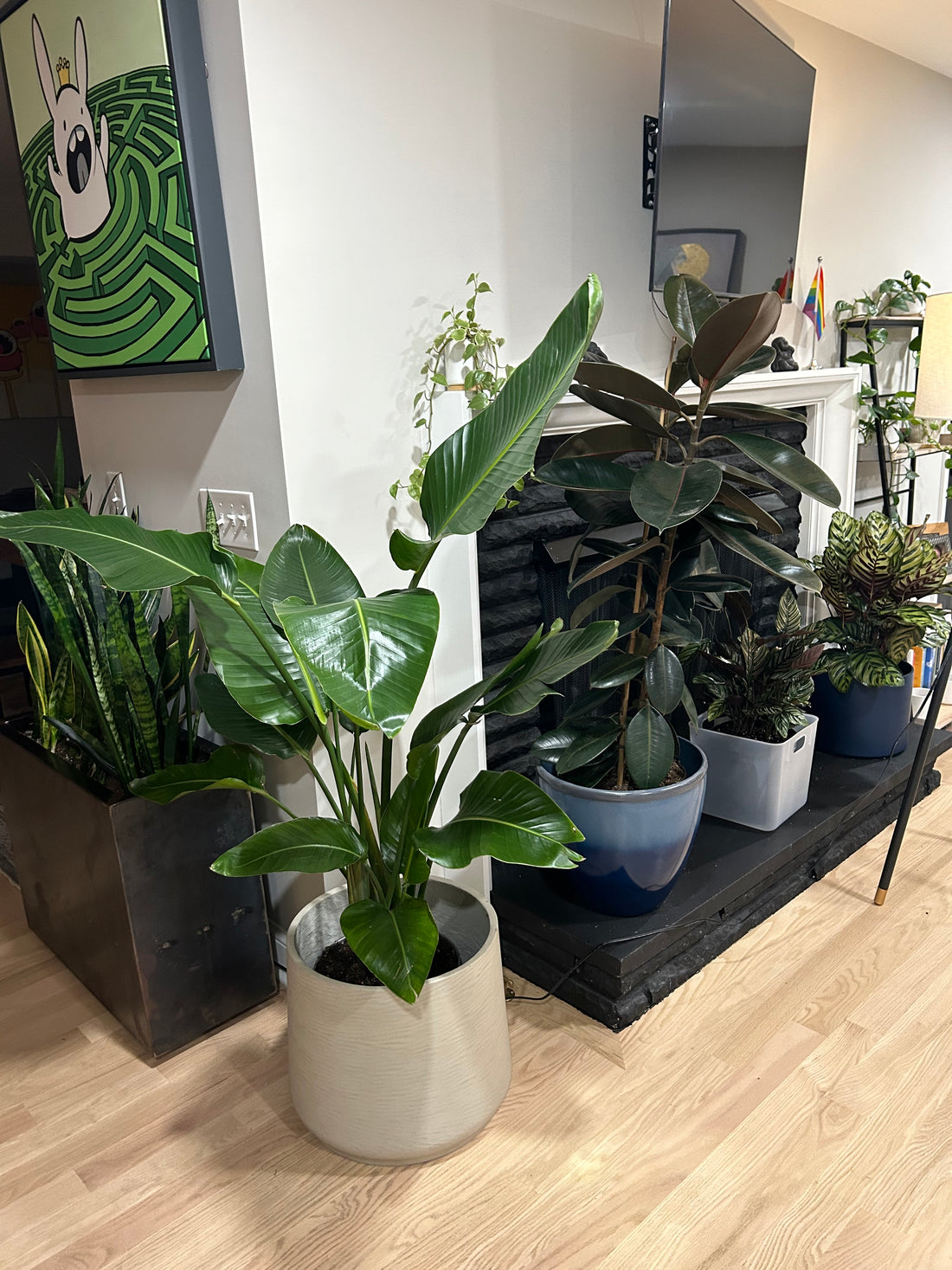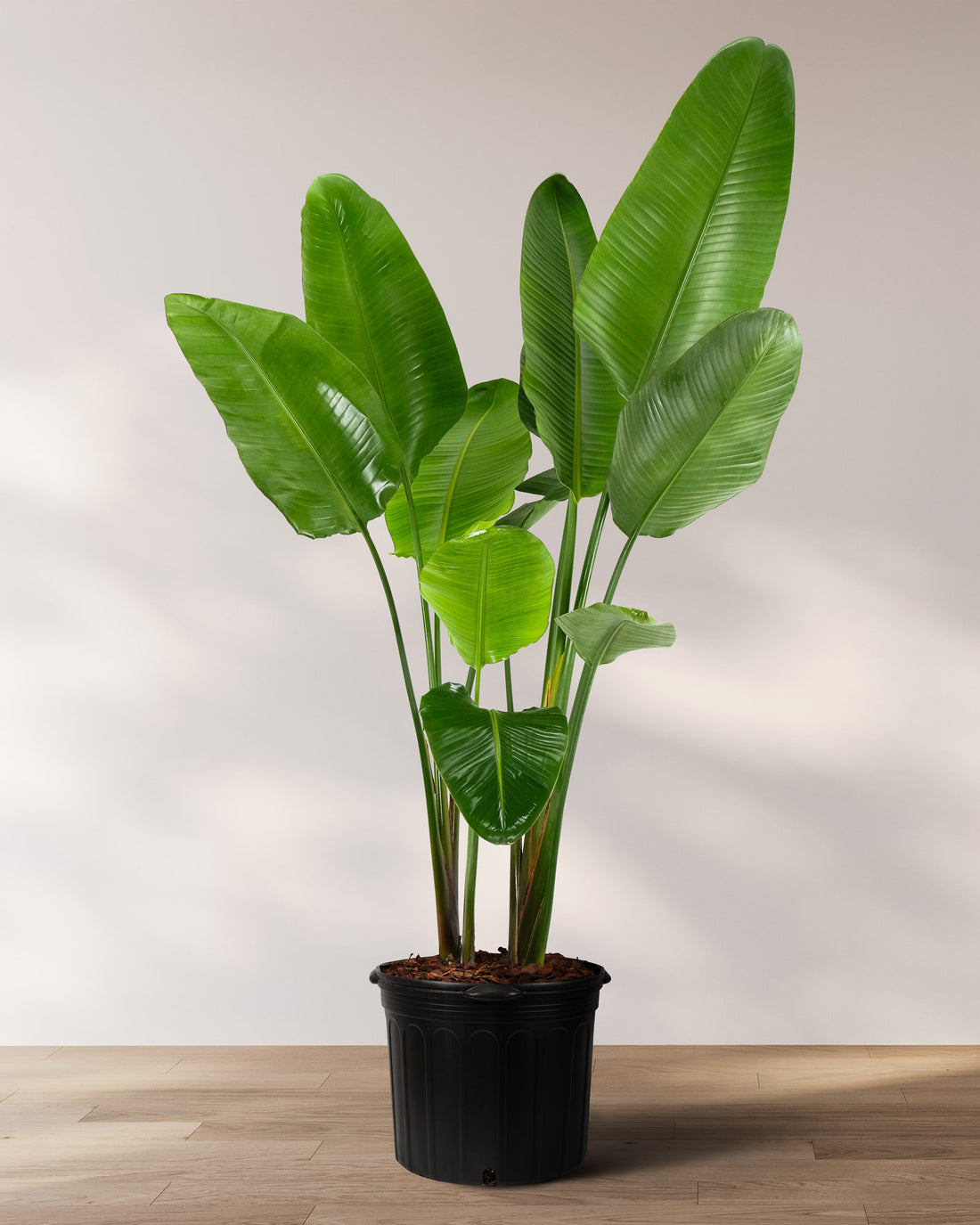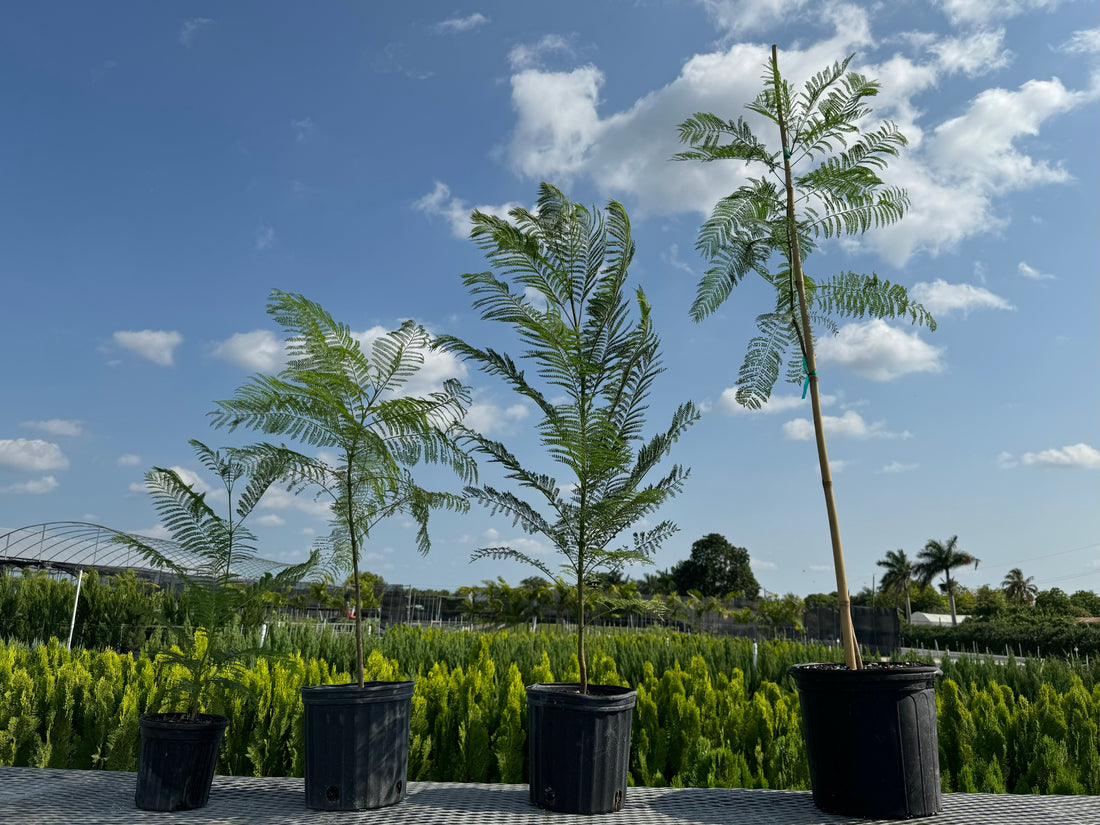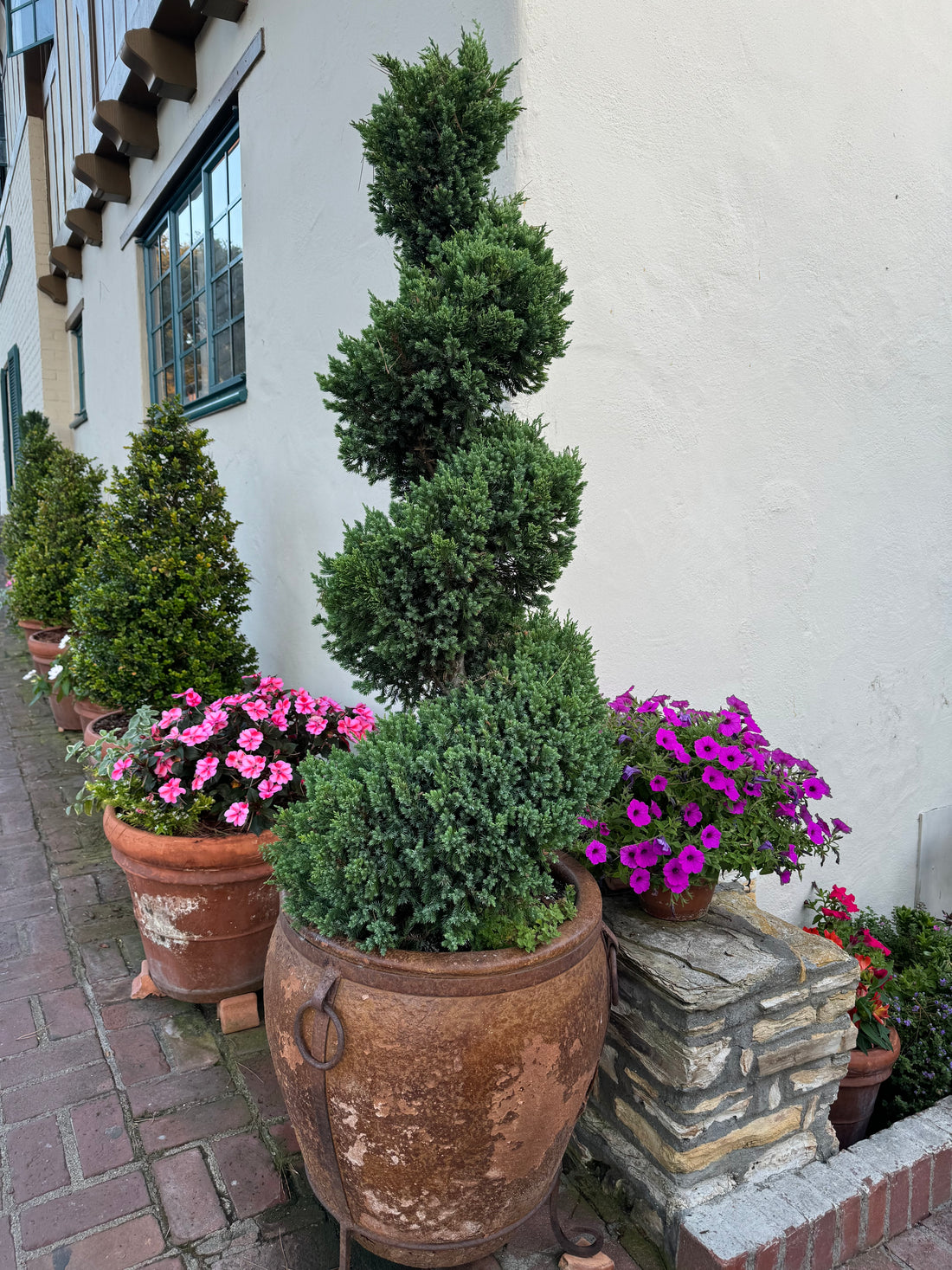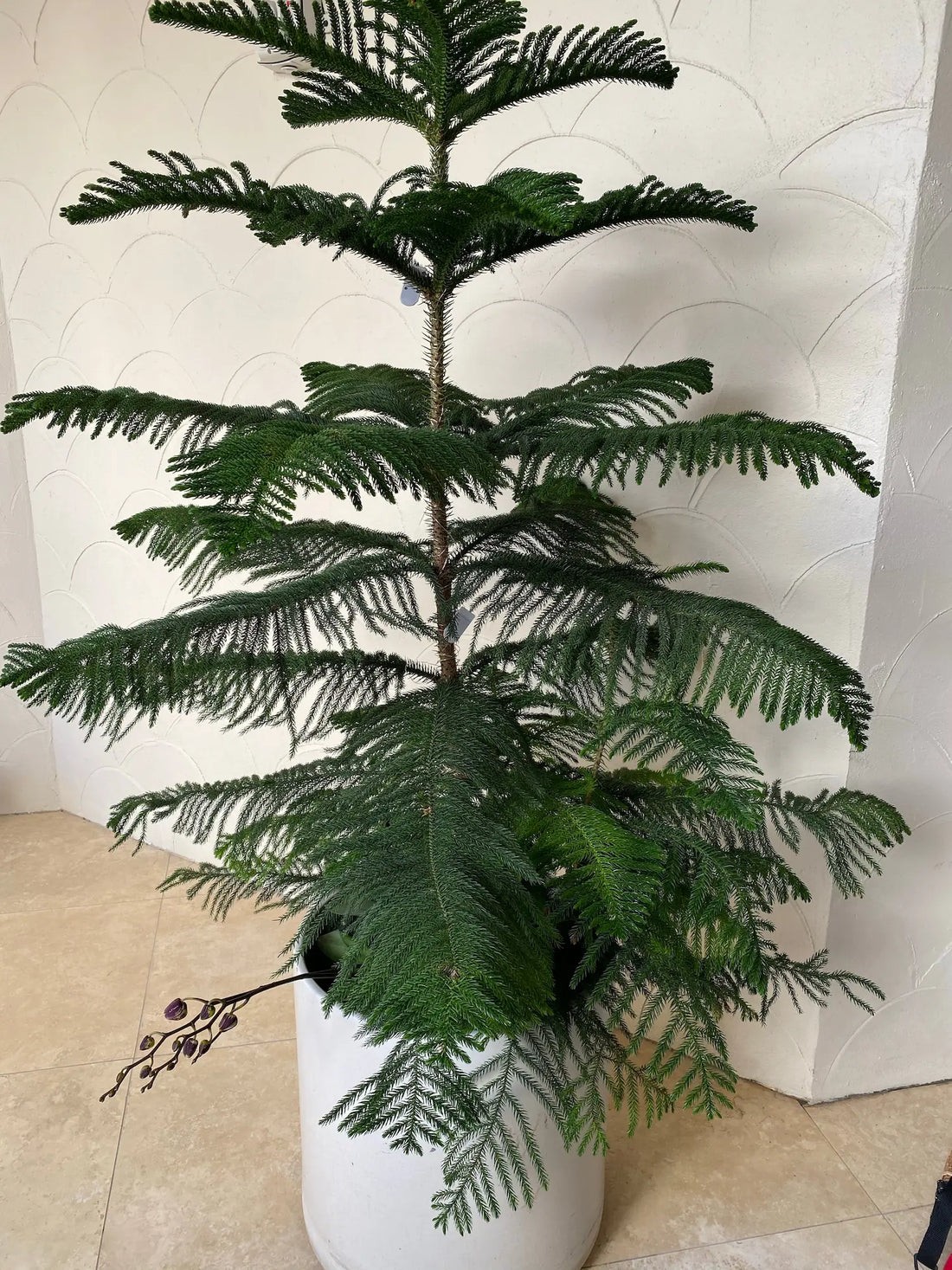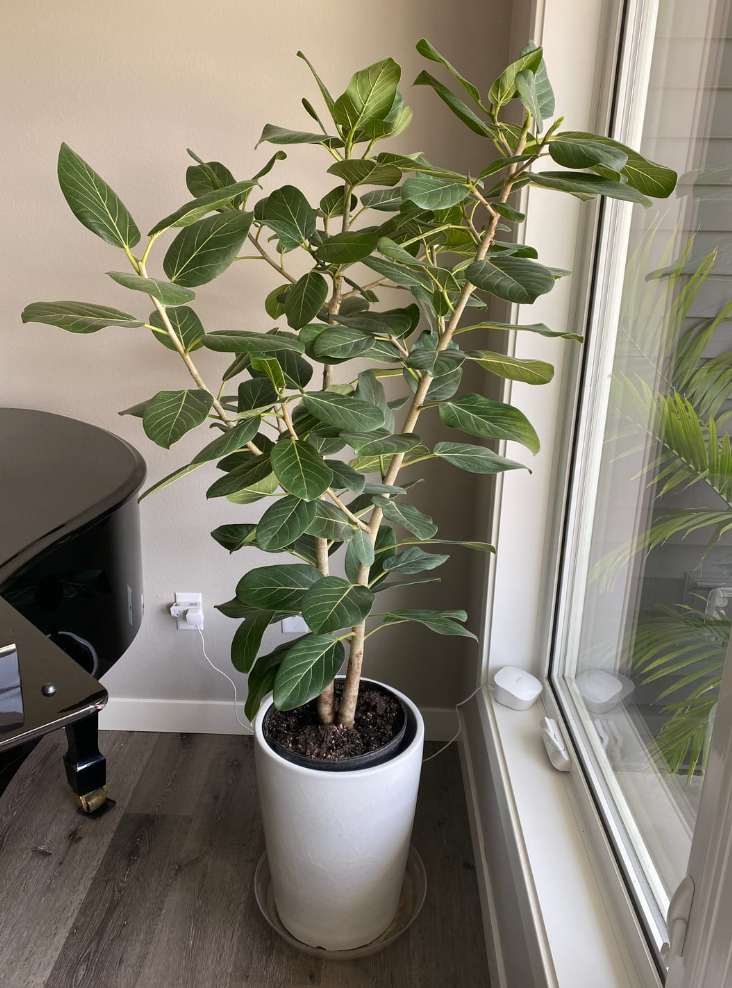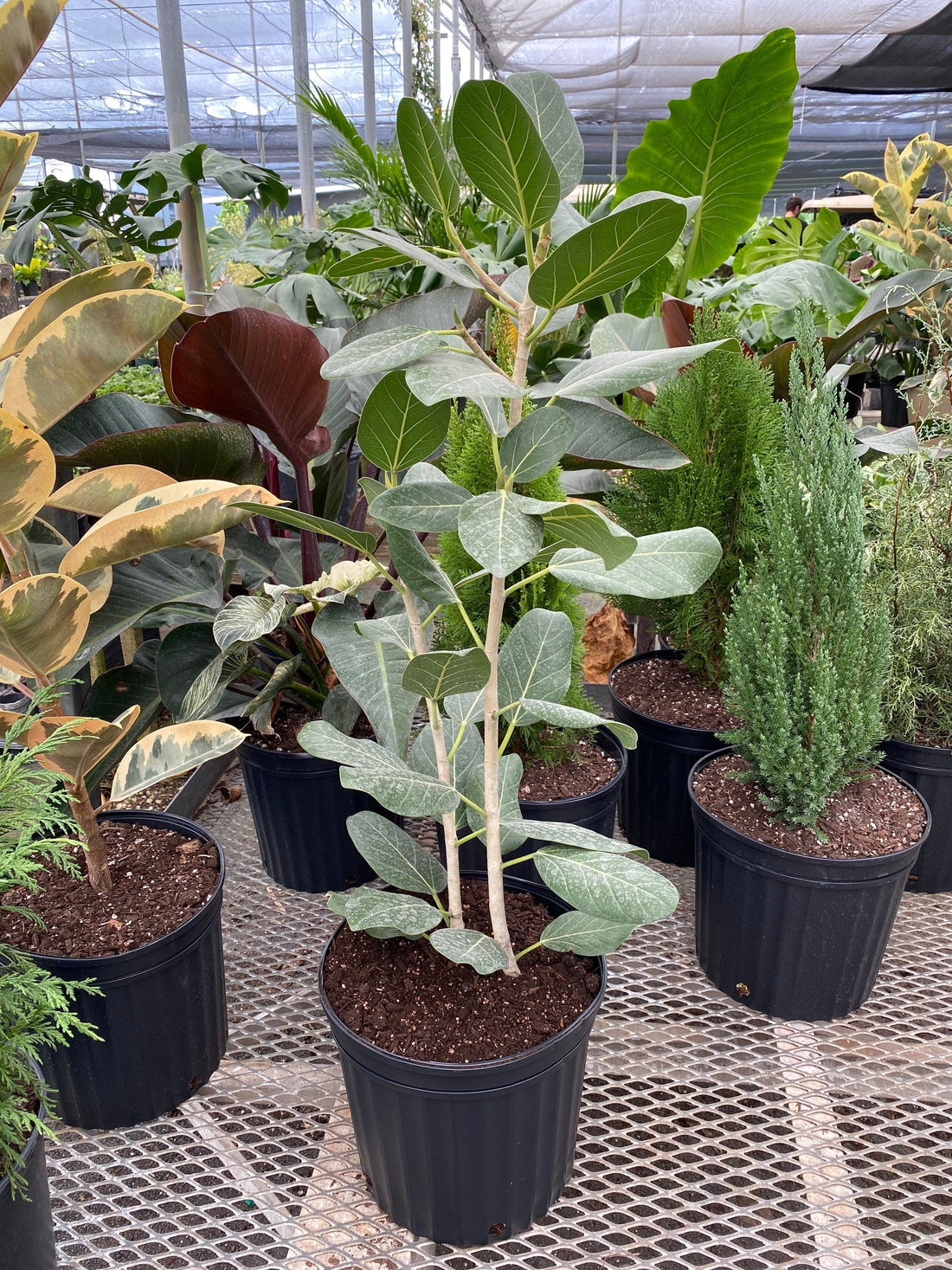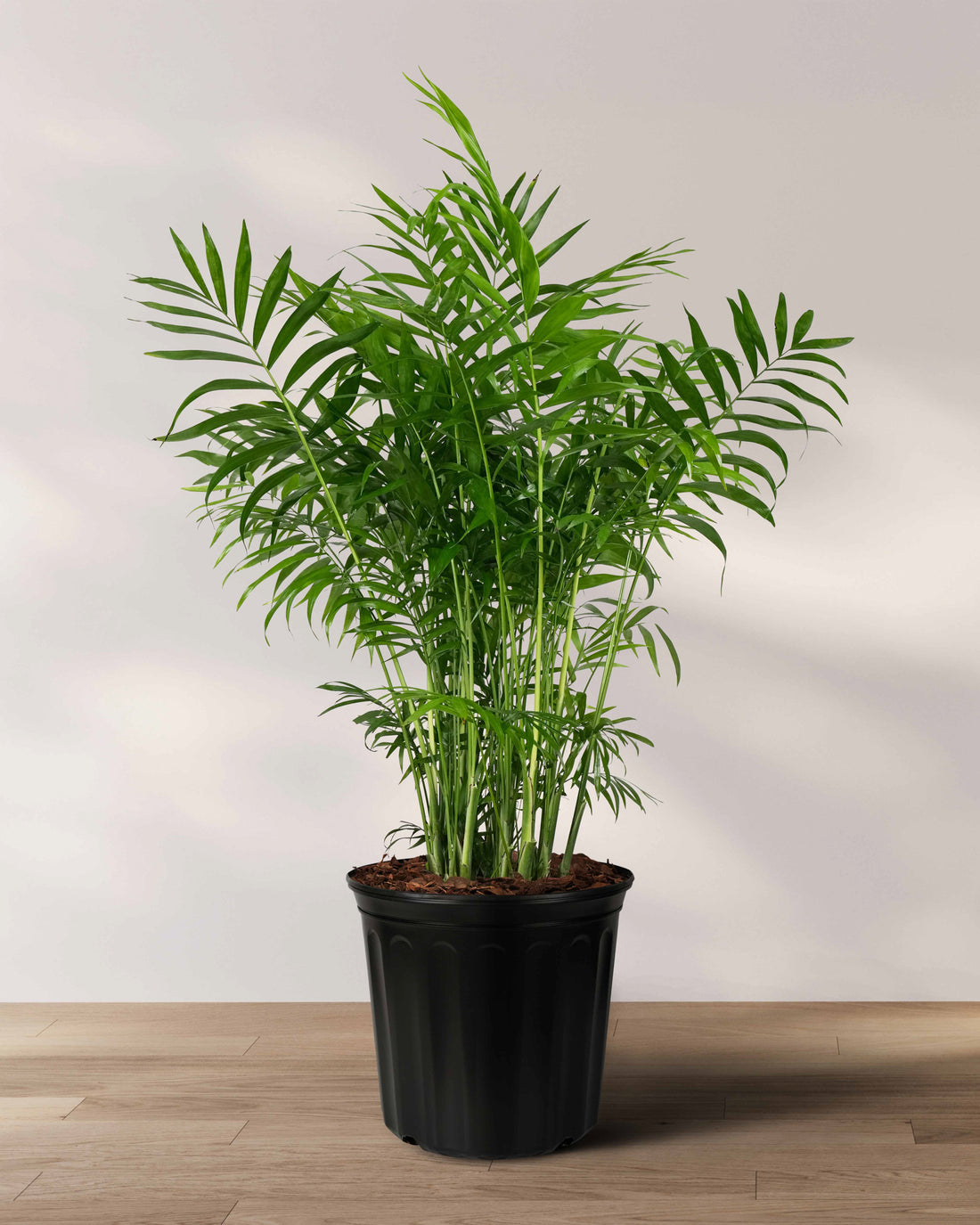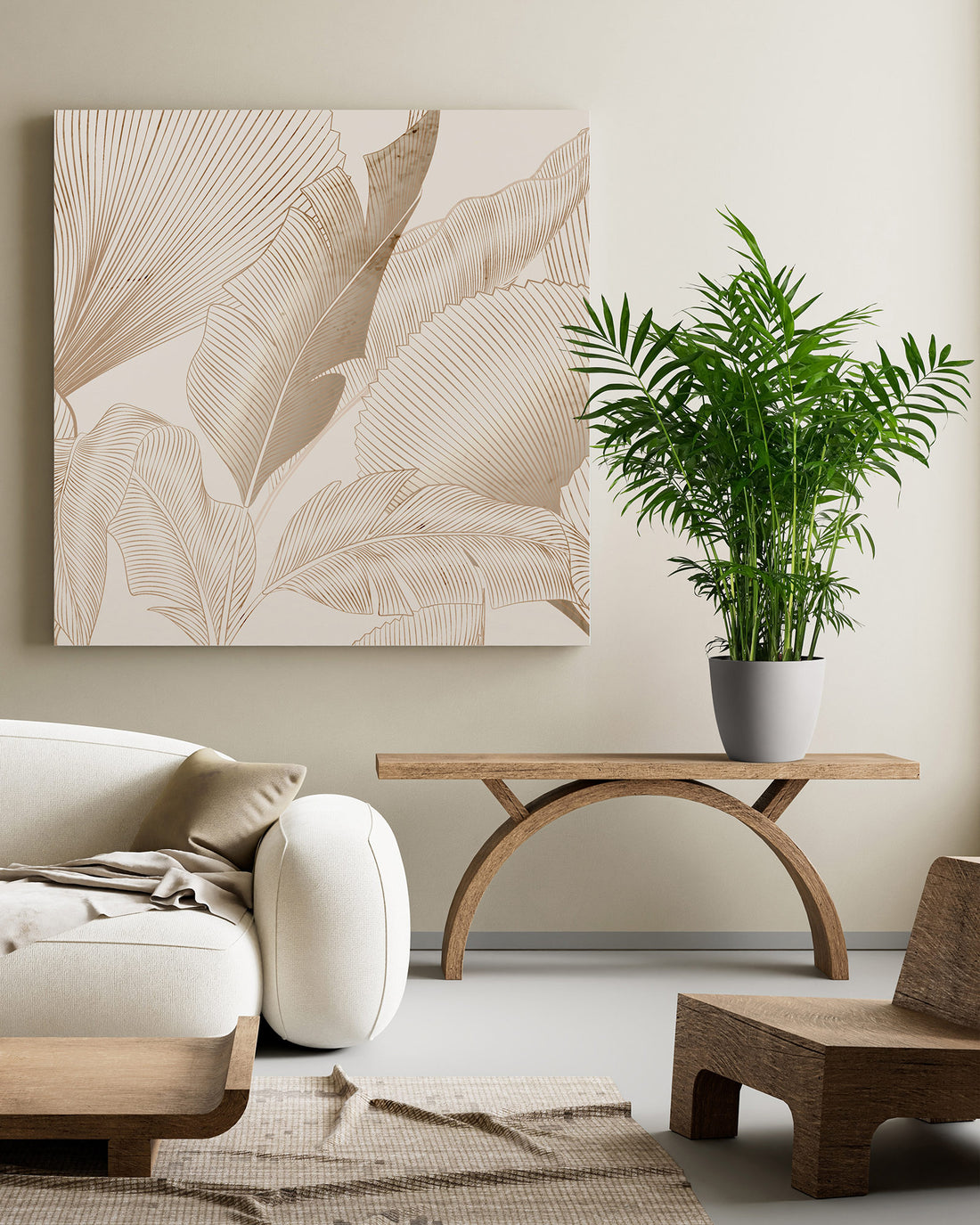How to keep my Ficus Plants Happy and Healthy.
HOW TO CARE FOR FICUS RUBY - Below see details on how to keep your Ficus Ruby happy, healthy, and beautiful. If you’re a fan of fiddle leaf figs and Ficus in general, you’ve probably heard of Ficus Audrey, Ficus Burgundy, Ficus Tineke, and Ficus Triangularis, If you’re looking to expand your indoor tree collection consider the Ficus plants family, anyone of this trees will add a touch of grace and elegance to your home.
WATER MANAGEMENT FOR FICUS RUBY - Ficus plants are known to be drought tolerant, Ficus plants purchased for indoors use can be watered less frequent, however frequency of watering will depend on the size of the plant, humidity levels and rate of growth. One of the most common mistakes in the care of indoor plants is overwatering, indoor plants are far more tolerant to underwatering than overwatering, Improper watering can result in fungal issues and root rot. It is recommended to monitor your houseplants and water them when they need it, rather than on a schedule. When watering plants the objective is to maintain the soil moist but never soggy, a moisture meter is a great tool to utilize to reduce the guesswork, We recommend to sample the top soil an inch deep every 3-4 days, if you notice is still moist hold off on watering until it dries further, since most plants water needs may be different this is a good way to determine each individual plant water requirements. Water Recommendations base on pot size, we suggest to utilize a soil probe initially to determine humidity levels and when to water. 6 inch Pot plants- every 5-7 Days, 10-12 inch Pot plants - every 7-12 days.
LIGHTING INSTRUCTIONS - Ficus Trees generally require bright indirect light, this is one of the most important aspects of care, although they can adapt to lower lighting conditions it is not sufficient for the variegation blend to thrive, the alternative colors ruby-pink can not photosynthesize and will gradually turn into more copper green. It is highly recommended to place the Ficus Ruby in bright indirect bright light in order for their leaves to remain vibrant, bright light is what encourages the beautiful variegation and blend of colors in the foliage. Partial to full sun exposure is acceptable only for short periods of time, Too much direct sun exposure will scorch its delicate leaves. You should place the Ruby near a window where the plant can receive the brightest available light, east, south, and west facing windows are the best options, we recommend to rotate the plant occasionally, this will allow the plant to receive bright light from different angles, it can minimize leaf drops from within the canopy and allow the plant to maintain even healthy growth all year round.
HUMIDITY - Many of our houseplants come from the tropics, where humidity is very high, generally the air in our homes is dry, occasional misting houseplants is a very simple and effective way to boost humidity, an easy solution to the risk of overwatering your plants. Ficus Rubber Tree Ruby is not very demanding when it comes to humidity, its thick rubber leaves can withstand lower levels of humidity longer than most tropical plants, in fact some varieties like the Green Island Ficus is widely used in roadways across south Florida and can withstand extreme heat and drought conditions all year round. Always pay attention to the color and texture of the leaves on your plant. Generally Plants with brown or dry leaf tips will benefit from regular misting to keep the plant happy and thriving, preferably in the mornings to allow the foliage to completely dry out during the day.
PLACEMENT AND TEMPERATURE - Selecting the right location for your plant indoors or outdoors is very important, micro climates can affect the health of the plant, make sure the plant does not receive air draft from near by AC/Heating vents, or warm air if close to a freezer, the foliage will dehydrate faster than it can hydrate from moisture in the air or in the soil, eventually turning brown and dropping, when plants are properly watered and care for and still display signs of wilting or seem sad it may help to relocate the plant to a different area for brighter indirect light. Please note most tropical plants are from the tropics, proper moisture is required for their health and survival, we highly recommend to bring your tropical plants indoors when temperatures are expected below 45s during winter months or above 90 during summer months, extreme weather can severely damage the plant.
REPOTTING - Ficus Ruby can grow exceptionally well in pots for long periods of time, frequent repotting isn’t as necessary compared to other plants. Generally you should repot your plant when it has become excessively rootbound that its roots are overgrown, you may not need to repot your Ficus Ruby for 2-3 years, do maintain a feeding schedule, the longer is kept in its existing pot the more nutrients are needed to maintain the plant happy and healthy. When repotting is due planting between spring and fall is recommended, use a potting mix with good drainage, Cactus or Succulent potting soil or indoor potting soil is recommended as long as the mix can drain freely, the objective is to avoid water log, you may increase the soil’s drainage properties by simply adding sand or perlite into the soil mix, now is a good time to integrate a slow release fertilizer in the soil, apply it base on label instructions, Most general all purpose fertilizer can work well. Select a pot 2-3 inches wider than your current pot, it should have drain holes if all possible, Do not remove all the soil from the root ball, this procedure can severely stress or may damage the plant, you may remove about an inch of the outer layer of soil as this can simulate growth, avoid planting too deep in the new pot, the top of the root ball should be level to the top of the soil in the new pot. In the event the new pot does not have drain holes you must avoid water from accumulating in the bottom of the pot, this will severely damage the plant, one possible solution is to water a fix amount of water, depending on the size of the plant 1 cup of water per gallon of soil may be sufficient once every 4-7 days. Water slowly to allow the soil to absorb the water and moist evenly, the objective is to avoid excess water build up in the bottom section of the pot.
FERTILIZING - No need to fertilize right away, We fertilize our plants during the production phase with slow release fertilizer which can last an additional 2-3 months supplying residual nutrients to the plant. Once you do decide to fertilize You may use a fertilizer formulated for interior plants, preferably a slow release fertilizer 180 days duration, fertilize during spring or fall base on label instructions.
CLEANING, REGULAR MAINTENANCE - Ficus plant leaves differ in sizes, the fig-leaf lyrata, burgundy, Tineke or Ruby offers larger size leaves and are easier to clean, however Moclame Microcarpa has a lot of small leaves and can be a bit more time consuming. Simply add a few drops of dish soil to a cup of water, wet a soft cloth and manually wipe off dust off the leaves, is a simple solution that is inexpensive and works well without damaging the plant.
INSECTS OR DISEASES - Here’s another plus, Ficus plants are not regularly affected by pests. in the event that scale, mealy bugs, or mites are found to affect the plant, they can be controlled by wiping the infested area with a soapy solution, add a few drops of dish soap in a cup of water and wipe off the affected areas with a soft cloth, It can take several intermittent cleanings to rid the plant of the pests. Horticultural oils can be sprayed directly onto the insects, A second and third treatment, if using oils, will be necessary. Space out the sprays at 3 week intervals to break up the mealybug life cycle. Both of these treatments together will be very effective.








